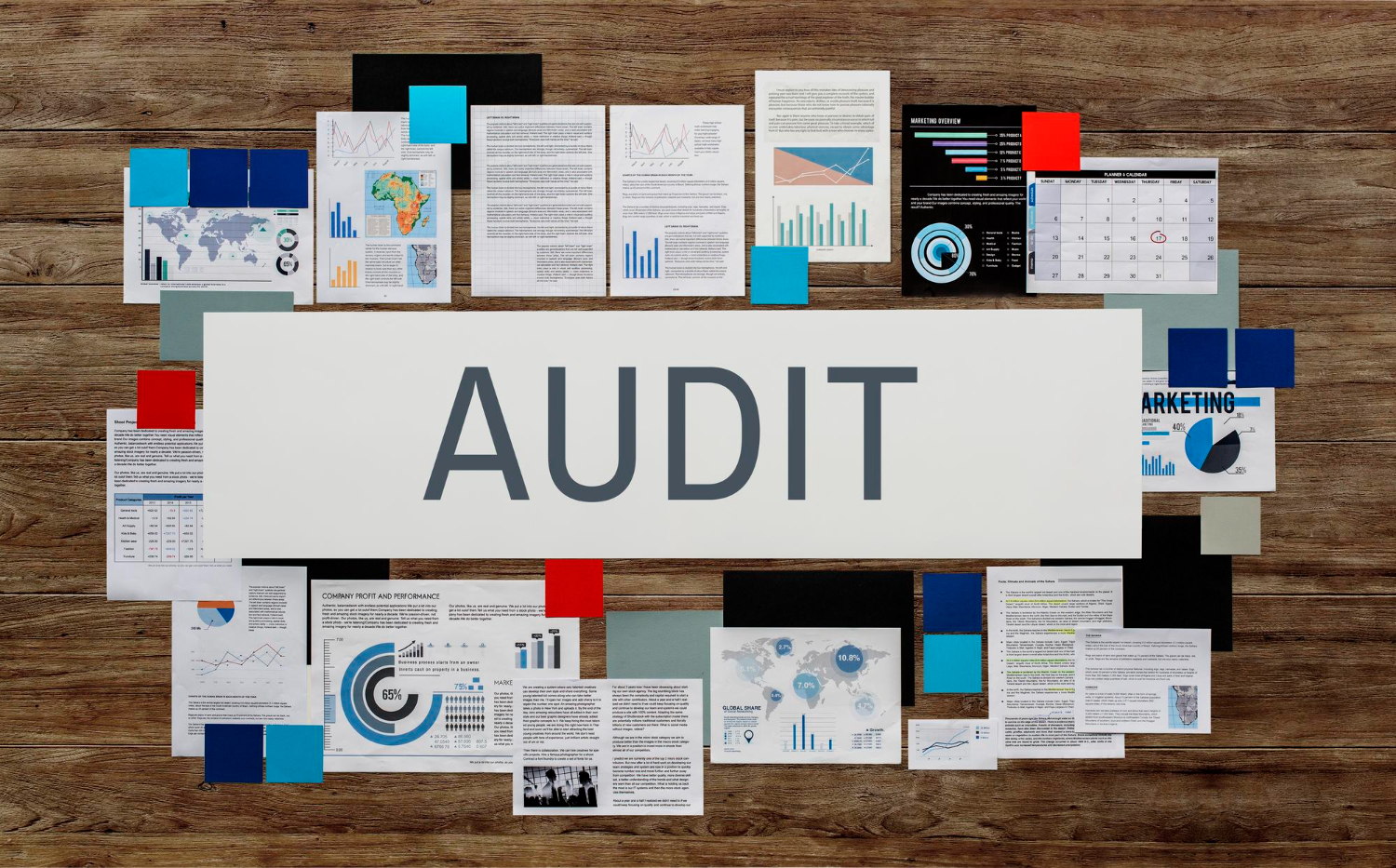What Should Be Included In An Internal Audit?
5 Mins Read
Published on: 05 January 2023
Last Updated on: 25 September 2024

toc impalement
When it comes to business, one of the most important things you can do is perform an internal audit. An internal audit helps a business identify any potential problems or areas of improvement and offers insight into its operations’ effectiveness.
It’s a great way to ensure that a business runs as smoothly as possible and that all employees follow the same protocols. But what exactly should be included in an internal audit?
The Purpose Of An Internal Audit
Before we dive into what should be included in an audit, let’s first discuss the purpose of an internal audit. An audit evaluates the effectiveness of the organization’s processes and procedures and financial performance.
It also assesses compliance with laws, regulations, and corporate policies. It is used to identify any weak spots within a company or organization so that they can be addressed and corrected before they become more significant issues.
Pros & Cons Of Internal Audit Report
Internal audit is one of the most critical aspects of corporate workplaces. The audit helps corporations in administration, risk management, scaling, etc. As a result, an internal audit report is seen to be an integral part of the whole deal. It can help businesses to enhance operational efficiency and reinforce the structural integrity of an organization.
However, you can only implement something if you know enough about it. Therefore, here are some of the most prominent pros and cons of it that you need to know about.
Here we go!
Pro
One of the most prominent benefits of an internal audit report is strengthening internal controls. This is one of the foremost benefits of a well-researched internal audit report.
Audit reports analyze and assess the overall structural integrity of an organization. This in turn would enable you to understand the pain points or areas of improvement.
Con
Conducting an audit is a challenging task by any means. A person needs training and years of experience to truly understand the components necessary for an accurate audit.
Therefore, conducting an internal audit is a highly technical skill that only a few can access. This can pose challenges as you will have difficulty finding the right guy for your internal audit.
However, this is a minor roadblock. You can easily hire professionals or outsource this service; then again, choosing the right audit outsourcing company is another journey.
Pro
Crisis management is an integral and crucial part of a business. A business with a crisis management plan would tend to fall flat on its face. In other words, you never know what the future has in store for your business.
Therefore, havingor multiple crisis management plans in your kitty. How is very importantever, you can only make an effective crisis management plan by conducting an audit.
Therefore, an audit report can help your business formulate a foolproof risk management plan.
Con
Internal audit is a time-consuming process. The whole process involves several departments and organizational levels. Therefore, the audit process cannot be completed in a day or so. Sometimes, internal auditing can even last for months.
Therefore, the time lag is one of the most significant disadvantages of conducting an internal audit. If your business is scaling, then this process will become more complicated. Hence, it is only possible to finish it slowly.
Hence, if you are considering it, you need to understand that this is a time-taking process and can last weeks and even a month.
Components Of An Internal Audit?
Now that you better understand the purpose of it let’s talk about what an internal audit company checklist should look like.
Generally speaking, five key components should always be included in an internal audit:
1. Risk Assessment
This component is key to ensuring that the organization has properly identified any risks and has taken steps to mitigate them. The risk assessment should also consider external factors such as industry changes or competitor moves.
2. Financial Statements
All financial statements should be reviewed during it to ensure accuracy and proper reporting. This includes balance sheets, income statements, cash flow statements, and more.
3. Processes & Procedures
A review of processes and procedures should be conducted during it to ensure that all policies and procedures are up-to-date and followed correctly. Flagged discrepancies would be set aside for further investigation.
4. Compliance
All laws and regulations applicable to the organization should be reviewed during the audit process. This will help ensure that the organization complies with all legal requirements, which is critical for avoiding any fines or penalties from regulatory bodies.
5. Employees
Evaluating employee performance during the audit process is essential to ensure that all team members meet expectations and goals. A comprehensive internal audit report allows organizations to identify skill gaps. Which the organization can fill out using the learning and development module.
Automating Internal Audit
We have already seen how internal auditing is an integral yet complex process. As a result, many inexperienced entrepreneurs skip this process altogether. However, you should not include yourself in that gang.
Thankfully, you can automate internal audits. This has dramatically changed how businesses see or approach the idea of it. However, such systems are usually expensive. Therefore, the best way to proceed is to use a SaaS internal audit application that can be taken on lease.
This would help you conduct this complex process in an instant and easily. Therefore, automated internal audits are the answer if you are struggling with resources or need spares.
Conclusion
In conclusion, performing it is essential for any business or organization looking to improve its operations and performance levels.
When conducting an internal audit, five key components must always be included: risk assessment, financial statements, processes & procedures, compliance reviews, and employee evaluations.
By following these steps during your next audit, you can rest assured that your organization has done everything it can to identify any potential issues or areas of improvement before they become larger problems.
Read Also:


















Comments Are Closed For This Article